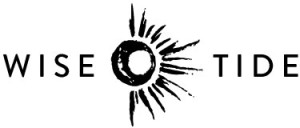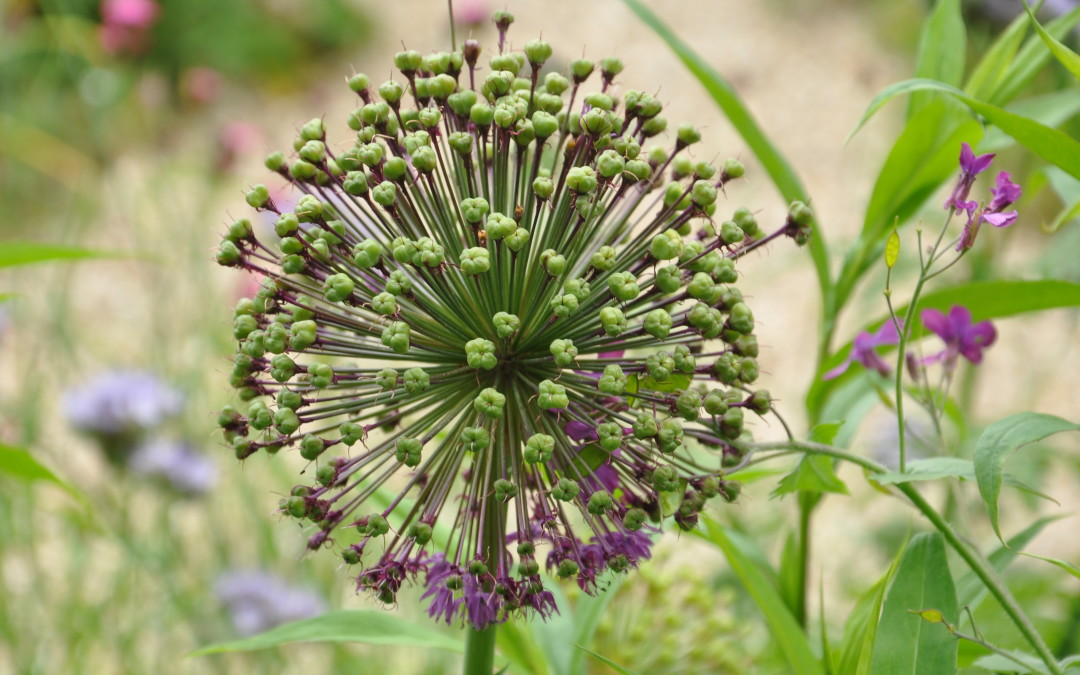When seedlings push through the soil in search of sunlight, we gardeners rejoice. We tenderly water them and coax them along. At first the tiny leaves appear symmetrical in shape and size; yet within days or even hours, we begin to notice the faintest inconsistencies — a brighter green here, a larger leaf there.
Fact of life — some survive, some do not.
Whether it’s the tiny mustard seed or the 40 pound seed of the coco de mer (the palm), one plant’s life cycle is similar to all others. The ecosystem in which it lives plays a vital role in its ability to thrive or survive. An ecosystem is best defined as a community:
“In a delicate balance, these lifeforms help to sustain one another in regular patterns. Disruptions to an ecosystem can be disastrous to all organisms within the ecosystem.” (Geography for Kids)
I sense that all humanity is one beautifully complex and vibrating ecosystem. Like plants and animals coexisting in our natural world, we humans live side by side in the global communities we’ve built.
Yet we cannot ignore that naked truth — some of us survive, some do not.
Wherein lies the difference? What makes one community thrive when another lives in conflict? Is it the integrity of the community itself? An individual species acting within the system? A rogue species, a disruptor that is “disastrous to all organisms”?
We all experience disruptors, outside factors that influence us, good or bad. We each suffer imbalances and at times are pushed into “fight or flight” mode. But before we flee and run away, let’s consider a few things: some disruptions truly lead to disasters, natural disasters included; sometimes these conditions require a physical and/or an emotional response, sometimes not.
Other times, we tolerate these imbalances and even turn them into opportunity. We’ve all experienced the “blessing in disguise” when an unwelcome intrusion propels us into a greater state of awareness. We’re surprised at first, but then experience a unique freedom and are able to determine a new course for our lives.
As humans we are fortunate. We possess the unique ability to observe, learn and alter our behavior. This ability to self-reflect offers us a chance to change the physical, emotional, and spiritual vitality of the ecosystems in which we live. If we are willing, we can make the world a better place:
“No human relation gives one possession in another—every two souls are absolutely different. In friendship or in love, the two side by side raise hands together to find what one cannot reach alone.”
― Khalil Gibran
This opportunity to live side by side in a vibrant, healthy, and safe community where we rely upon each other for nourishment, for protection, for overall wellness and productivity — THIS feels like a gift.
Remember the seedling cannot thrive without the delicate ecosystem in which it lives.
Our goals remain the same: follow the light and complete the life cycle. Grow side by side and “raise hands together to find what one cannot reach alone.”


Beautifully written Lynda!
Thank you!
So lovely, Lynda. I believe different continents, countries and even cities have their own soul identities and evolutionary paths, thus the patterns of spirituality, strife or peace indigenous to each. Ah, would that all lands on earth could co-exist in one carefully tended and nurtured ecosystem. Maybe we’ll get there some day…
I think that’s what I envision for all of us, a peaceful coexistence, a state of awareness that we continue to strive for. In reaching for the ideal, we may create a safer, more holistic world. Someday, someday.